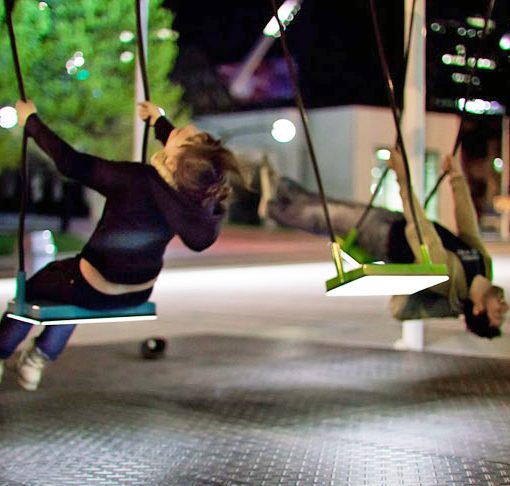Context
Clinician overlays a 2D or 3D image of a patient’s anatomy over the patient in real-time.
Design concept
A clinician creates an image of a patient’s anatomy and then overlays it on the patient. By using a set of special glasses, the clinician can then study the image in real-time and get accurate information before beginning the incision process.
Experiential qualities and related concepts
Control, embodiment, hybrid, trustworthy, visibility.
Augmentation modality
Visual.
Technical options
Uses Microsoft’s HoloLens headset to view the patient in real-time while also viewing an augmented image of that patient’s anatomy layered on top of them. This image can be observed and studied by other clinicians in the room (provided they’re wearing a headset). The patient is scanned via infrared cameras; if visual tags are placed on the patient’s body, the accuracy of the produced image is further improved.
Prototyping techniques
Projection.
Third-person techniques.
Source



